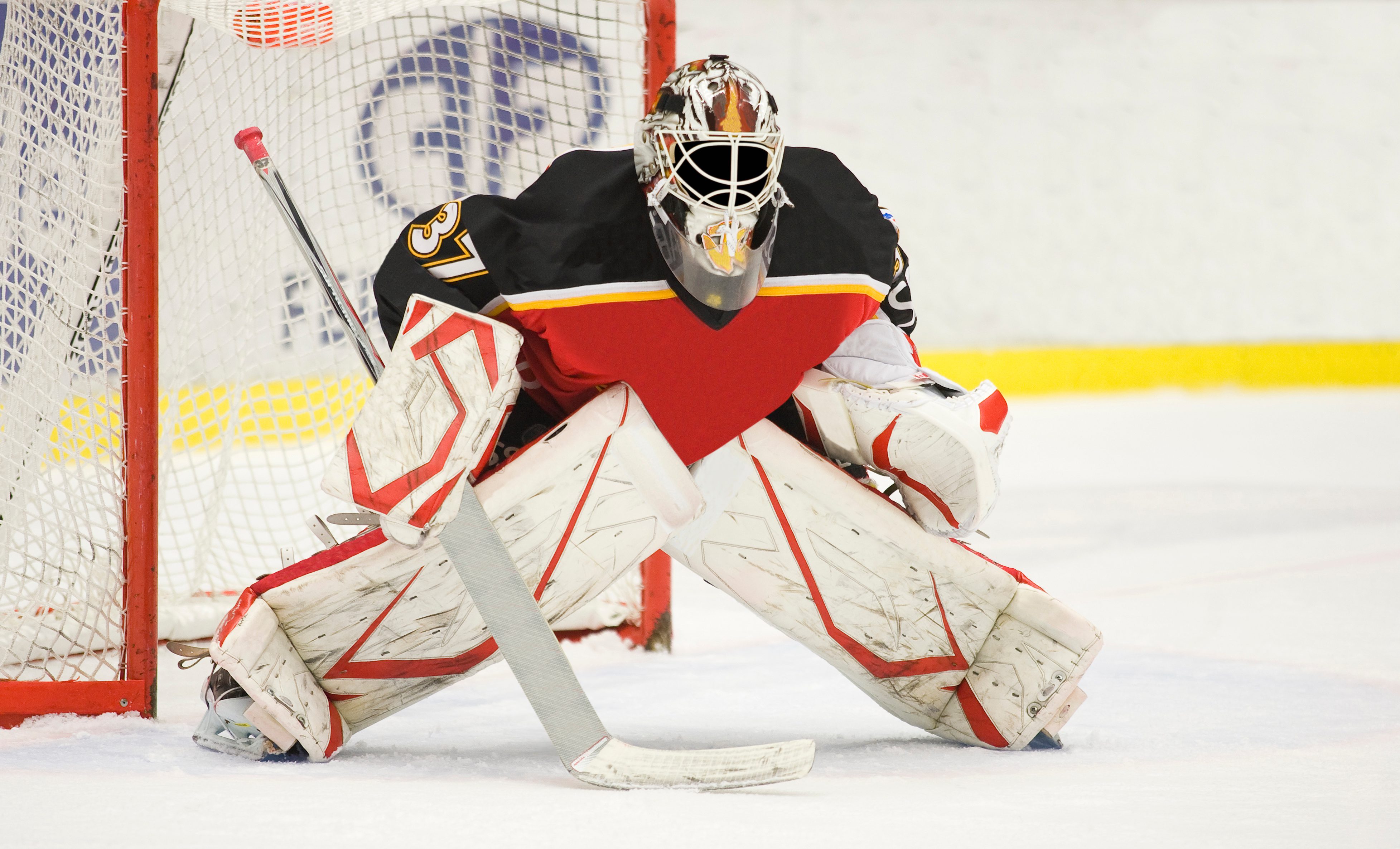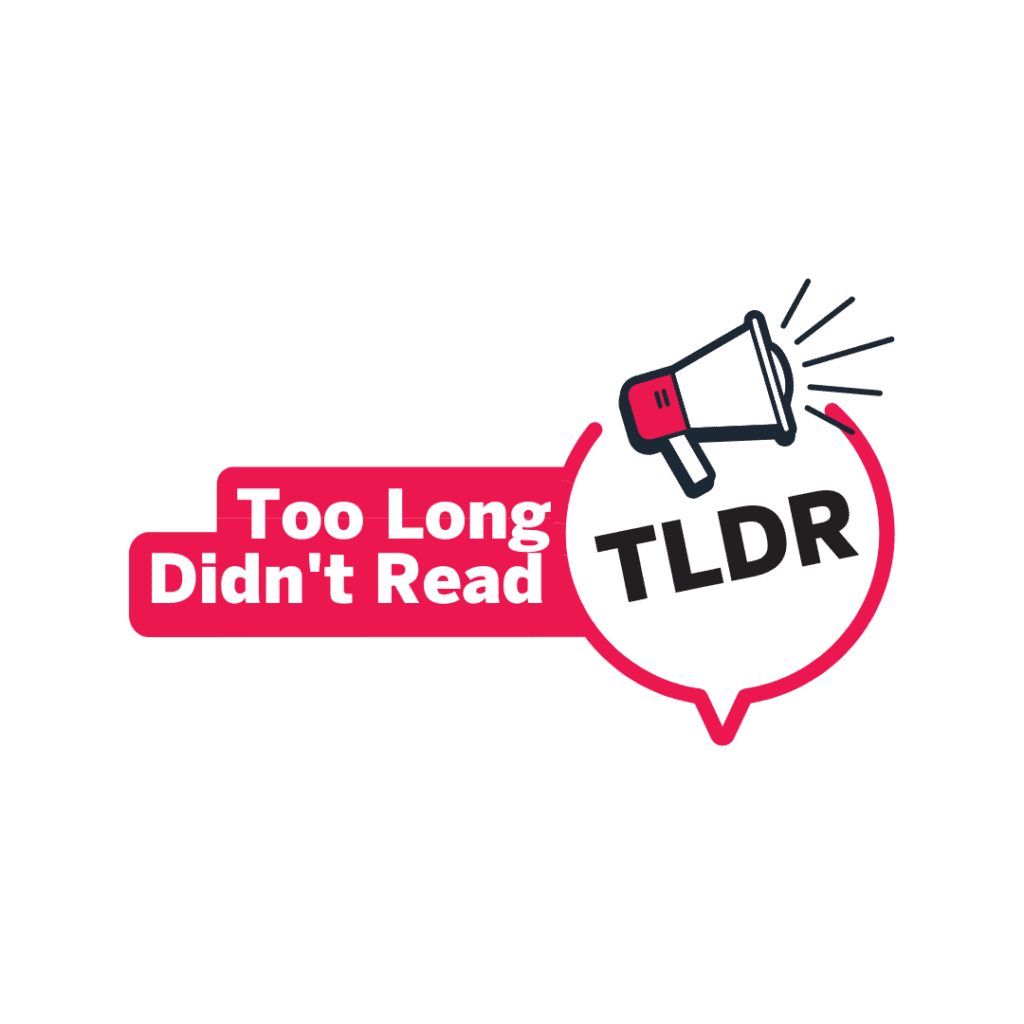

Project summary
This exploratory study examined the impacts of the COVID-19 pandemic on the daily lives and wellbeing of Atlantic University Sport (AUS) ice hockey players around the cancellation of competition in the Fall of 2020 and beyond. It was primarily concerned with disruptions and modifications to sport participation, academic achievement, and personal experiences. It was informed by sociological, psychological, educational, and sport management perspectives. The study’s five main conclusions are as follows: 1) Participants felt that the pandemic’s most significant impact was an uncomfortable sense of uncertainty in the context of their sport participation since AUS hockey was inconsistently permitted to be played. 2) The pandemic negatively impacted participants’ learning experiences, with online courses proving to be difficult, isolating, and unenjoyable, and their sense of academic belonging decreased. 3) Aspects of participants’ social lives were impacted differently and to varying extents that the study could not account for. 4) Mental health played a meaningful but unclear role in the study and should be examined further. 5) Athlete resilience has limitations in the context of ongoing long-term challenges such as a global pandemic
Research methods
To complete this case study, the researcher initially utilized a qualitative online questionnaire that was open to all AUS athletes entering their second to fifth year of eligibility (approximately 1,800 individuals). Recruitment occurred on social media, where the call for participants was shared in both French and English from official AUS channels. The questionnaire contained open-ended questions about demographics and about how the pandemic had potentially disrupted or changed aspects of athletes’ lives such as their sport participation, academic participation, social lives, and wellbeing. While 56 athletes across AUS completed the questionnaire, 17 participants identified themselves specifically as hockey athletes. This constituted nearly twice as many respondents from any other sport and the disproportion could constitute a form of self-selection bias (the researcher was known to hockey athletes from previous studies and other involvement in the community), so the study was pared down to exclude other sports.
In order to quell hesitations about content validity and a low response rate, the researcher supplemented the study with a content analysis of mainstream media articles that quoted AUS hockey athletes and a debrief interview with a men’s hockey athlete who graduated after the 2020-21 season. The content analysis investigated how AUS ice hockey athletes described the impacts of the pandemic on their lives. This produced 61 results and then the scope was narrowed to only include articles that contained interviews with AUS ice hockey athletes in second to fifth year, leaving five articles that quoted six athletes for a total of 15 quotations to analyze. The debrief interview lasted one hour and questions were designed to obtain the athlete’s perspective on the researcher’s interpretation of the aggregated data, his personal experience of the pandemic, and anything that he thought the researcher had overlooked in the research design and interpretation of results.
Research results
First, the most common sentiment among participants throughout the study was an unpleasant sense of uncertainty and upheaval associated with the loss of routine and structure in their everyday lives. This applied mostly—but not always—to their sport participation, which was frequently altered or cancelled due to changes in health restrictions. The debrief interviwee echoed these sentiments, also stating that uncertainty was the most significant byproduct of the inconsistent routines in a sporting context.
Second, although respondents’ academic spheres appeared to have more structure than their sport participation, with online learning having been guaranteed one semester at a time, the collective generally perceived academics as more difficult and less enjoyable. One participant wrote, “Getting coursework done so far has been very difficult. Courses are very unorganized with multiple different websites and textbooks through different educational platforms. This is very frustrating.”
Third, it was difficult to summarize perspectives on the pandemic’s impact on athletes’ free time, social lives, and relationships with others because the nature of the impacts varied and they were not as extensive as those experienced in the realm of daily routine, schedule, and activities. In terms of their social lives, athletes reported a moderate impact on their free time and relationships with others. On the one hand, some reported a welcome increase in time spent with family and opportunities to build more meaningful relationships with other people in their lives. On the other hand, some were negatively affected by a loss of social life due to living arrangements or health regulations. The debrief interviewee suggested that every individual is different and that impacts are a matter of both circumstance and perspective.
Fourth and last, the data on mental health was inconsistent because there were more mentions of mental health-related experiences than indications of impact. This was possibly a reflection of changes in mental health over time. For instance, one participant wrote, “At the beginning of the pandemic, it was improving as I was relaxing more and letting myself heal. But as time went on it started to deteriorate. Not having structure causes stress and the lack of social interactions affects me negatively.” The debrief interviewee understood from the data that athletes’ ability to stay positive and bounce back quickly from adversity was severely challenged during the pandemic.
Limitations of the study include a small sample size and absence of other sports, a lack of scales on the questionnaire to measure impact, negligible engagement with the concept athlete resilience, and an underdeveloped notion of how athletes define and understand mental health.
Policy and program implications
Pragmatically, while the study results only speak to hockey athletes and cannot be generalized, they do provide indications of what might be relevant for those who have the responsibility of improving university athlete wellbeing in Canada, including sport administrators and student services professionals. Put differently, the study does not necessarily provide clear answers or solutions as much as point to the appropriate areas of prioritization. It can be expensive and time consuming to systematically collect accounts of the student and athlete experience from various sources and this study has accomplished that in a small way, thus promoting quicker and more informed decisions regarding how to allocate efforts and resources for university athletes. Based on this research, priorities should include support and programming that emphasizes time management (i.e. structure and routine), the challenges associated with online learning, environments that optimize a sense of belonging, and mental health education. Most importantly, the study results provide insight on how these priorities should be considered in the context of the COVID-19 pandemic, which has posed unique and lasting challenges for athletes and administrators alike. At the same time, it cannot instruct on how to achieve these things.
Next steps
This study should be used as a jumping-off point for future research and policy and programming deliberations and not as a primary solution. not as a solution. Given the limited availability of literature specific to Canada on the university athlete experience, along with the move towards a ‘new normal’ as the COVID-19 pandemic endures, the very questions that the study could not answer provide direction on how to improve the quality of life around sport participation for university athletes. For example: 1) From an education perspective, how can the online learning experience be enhanced to better serve university athletes as they balance education, sport participation, and their personal lives? 2) From a psychology perspective, what is the relationship between university athlete resilience and mental health during disruptions to sport participation other than injury? 3) From a sport management perspective, what kind of program content and administration might be appropriate for supporting university athlete wellbeing at Canadian institutions to enhance the sport participation experience?
Knowledge translation
This document could be shared with U SPORTS, Atlantic University Sport, Hockey Canada, Canadian Sport Centres and Canadian Sport Institutes, university Athletics Directors, student services professionals, and any other individual working in university athlete support and development in Canada. For access to the full research report and presentation material, contact cheryl.macdonald@smu.ca.